4 Ways to Explore Peru’s Southern Coast
Scorched sand dunes, ancient geoglyphs, and Pisco galore make this a uniquely unmissable part of Peru. Our insider Steph has the scoop.
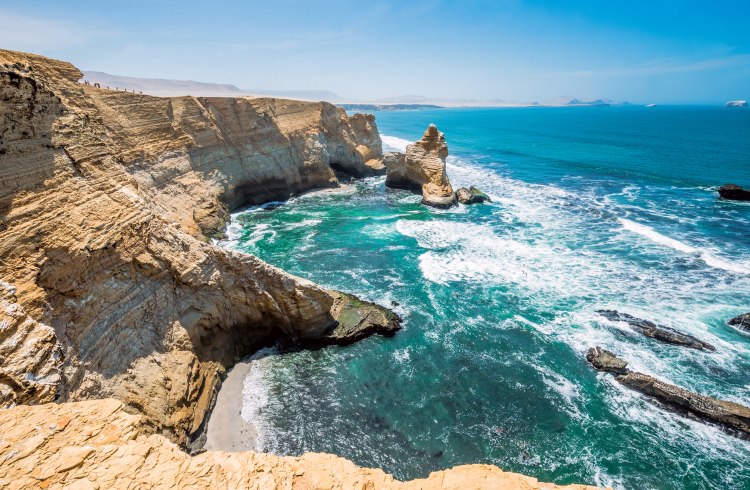 Photo © iStock/xeni4ka
Photo © iStock/xeni4ka
- Wildlife Along the Paracas Coastline
- Bodegas and Sandboards in Ica and Huacachina
- The Nazca Lines: Famous Pre-Colombian Geoglyphs
- High-adrenaline Adventures and Criollo Culture in Lunahuaná and Chincha
The line of dusty towns along Peru’s southern coast might not look much upon
Wildlife Along the Paracas Coastline
Straight down the Pan American Highway from Lima, the town of Pisco doesn’t offer much of interest, so it’s no wonder that most bypass it for neighboring Paracas. It’s from here that two-hour
Dubbed the “Poor Man’s Galapagos”, these rocky islands are a riot of toddling Humboldt penguins, dozing sea lions, colonies of rare blue-footed boobies and lots of stinky guano.
As the boats cruise around the rocks, keep an eye on the water, too: between August and October, you might spot Humpback whales.
Across the bay, the barren dunes of Reserva Nacional Paracas are similarly remarkable for wildlife: over 200 bird species, including Chilean flamingos, have been sighted. The best viewing is at dawn at the bay outside the museum, located 1.5mi (2.5km) from the main entrance.
There are facilities for camping here, but check in with the park ranger for safety updates, as robberies have been known in the reserve.
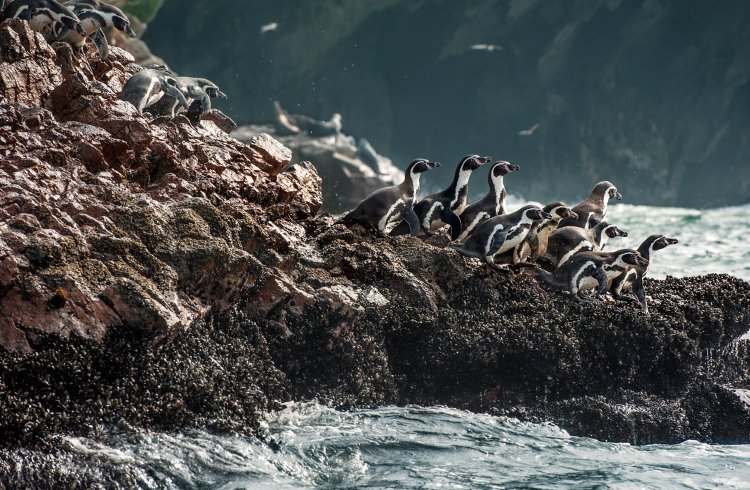
Bodegas and Sandboards in Ica and Huacachina
Home to Peru’s national spirit, Ica’s a great place to spend an afternoon learning about and tasting the local tipple. 20 minutes away by taxi, Hacienda Bodega
For a more active adventure, it’s a ten-minute taxi journey from Ica to the mirage-like town of Huacachina. A disorientating array of hostels and restaurants have sprung up around a small lagoon wedged between sand dunes. While it’s less of an oasis of calm than previously, it remains Peru’s ultimate sandboarding destination.
Tours (S/. 50 or
If you’re happier on two feet, stretch your legs with a sweaty 20-minute climb to the dune above the town; it’s the place to watch the otherworldly landscape disappearing into the hazy dusk at sunset, or the spray of sand as the pros shred down the slope.
Accommodation for all price ranges is available, but as the lagoon isn’t ideal for swimming, consider splurging on a place with a pool; it gets fiendishly hot here during the day.
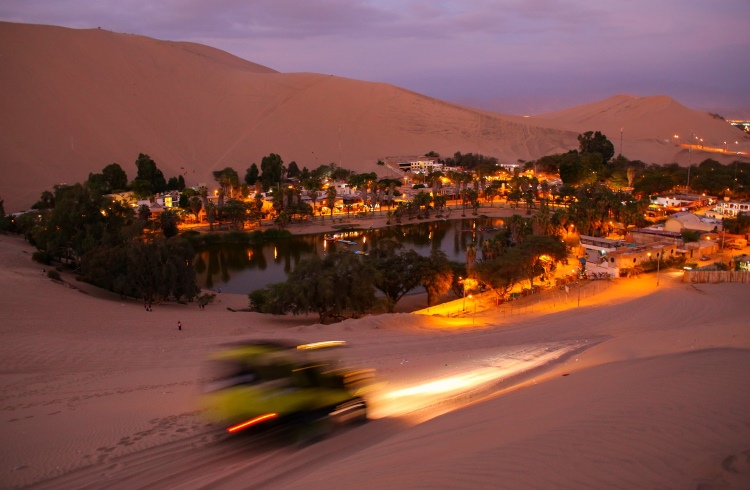
The Nazca Lines: Famous Pre-Colombian Geoglyphs
One of Peru’s most recognizable ancient landmarks, the tantalizingly mysterious, UNESCO World Heritage Nazca lines comprise 300 geometric shapes carved into the desert by a long-vanished culture – and no one really knows why.
Skip the viewpoint 12.5 mi (20km) north of Nazca – the lines are far better seen from the air. 30-minute, five-seater airplane trips (S/. 261 or
Use these suggestions for booking with a reputable airline in Nazca, as it’s not worth risking your life to save a few soles.
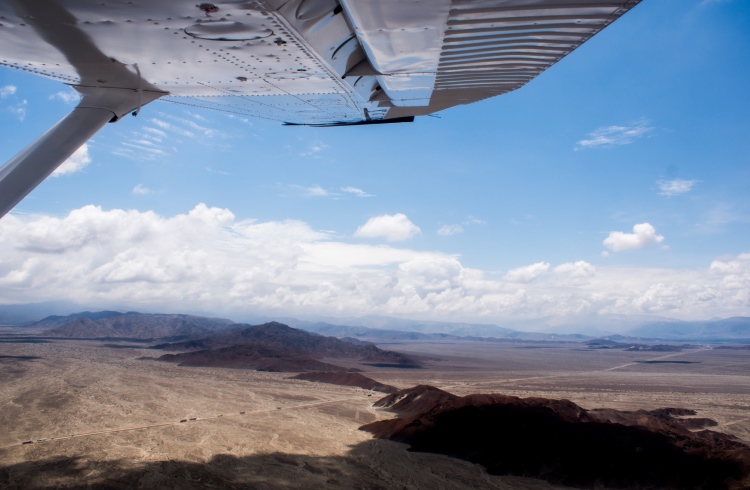
High-adrenaline Adventures and Criollo Culture in Lunahuaná and Chincha
Action-packed Lunahuaná is a newcomer on Peru’s tourist scene. This slice of green in the barren dust of the desert runs parallel to the ribbon-like Río Cañete.
Here
A bit further south along the main highway, Chincha has a unique heritage: it’s home to the descendants of black slaves brought from Africa by the Spanish.
For the best insight into their criollo culture, visit during the Verano Negro festival in February or Fiesta de las Danzas Negras in November, when the town erupts into a chaotic whirl of dancing, music
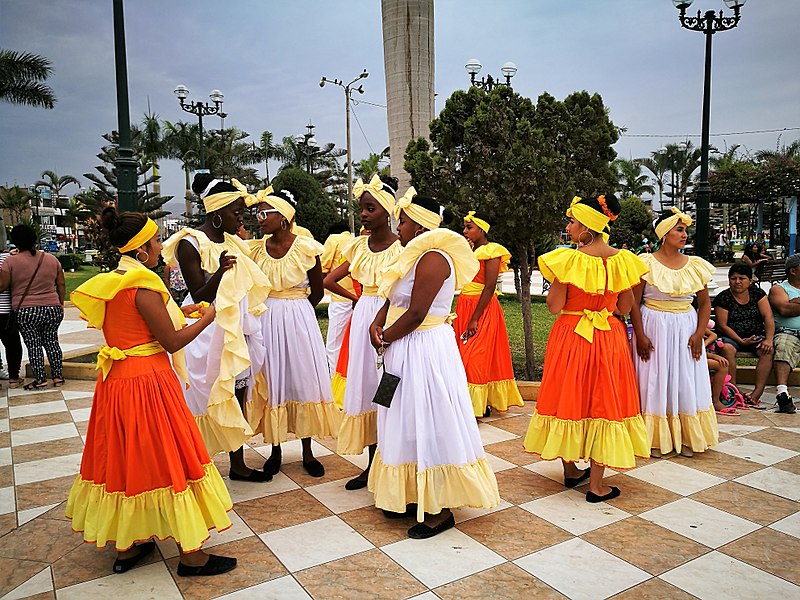
Want to know more about Peru? Check out our podcast. We chat about alternative treks to Machu Picchu, how Peru is the original home of surfing, and look at what vaccinations do you need when traveling to South America.
Related articles
Simple and flexible travel insurance
You can buy at home or while traveling, and claim online from anywhere in the world. With 150+ adventure activities covered and 24/7 emergency assistance.
Get a quote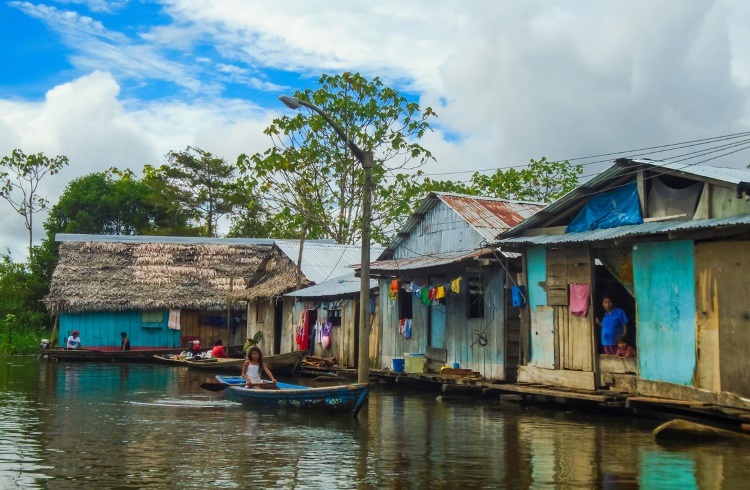
No Comments